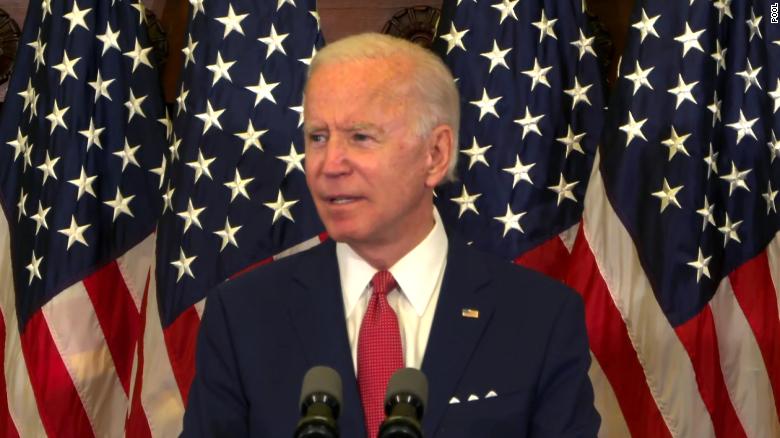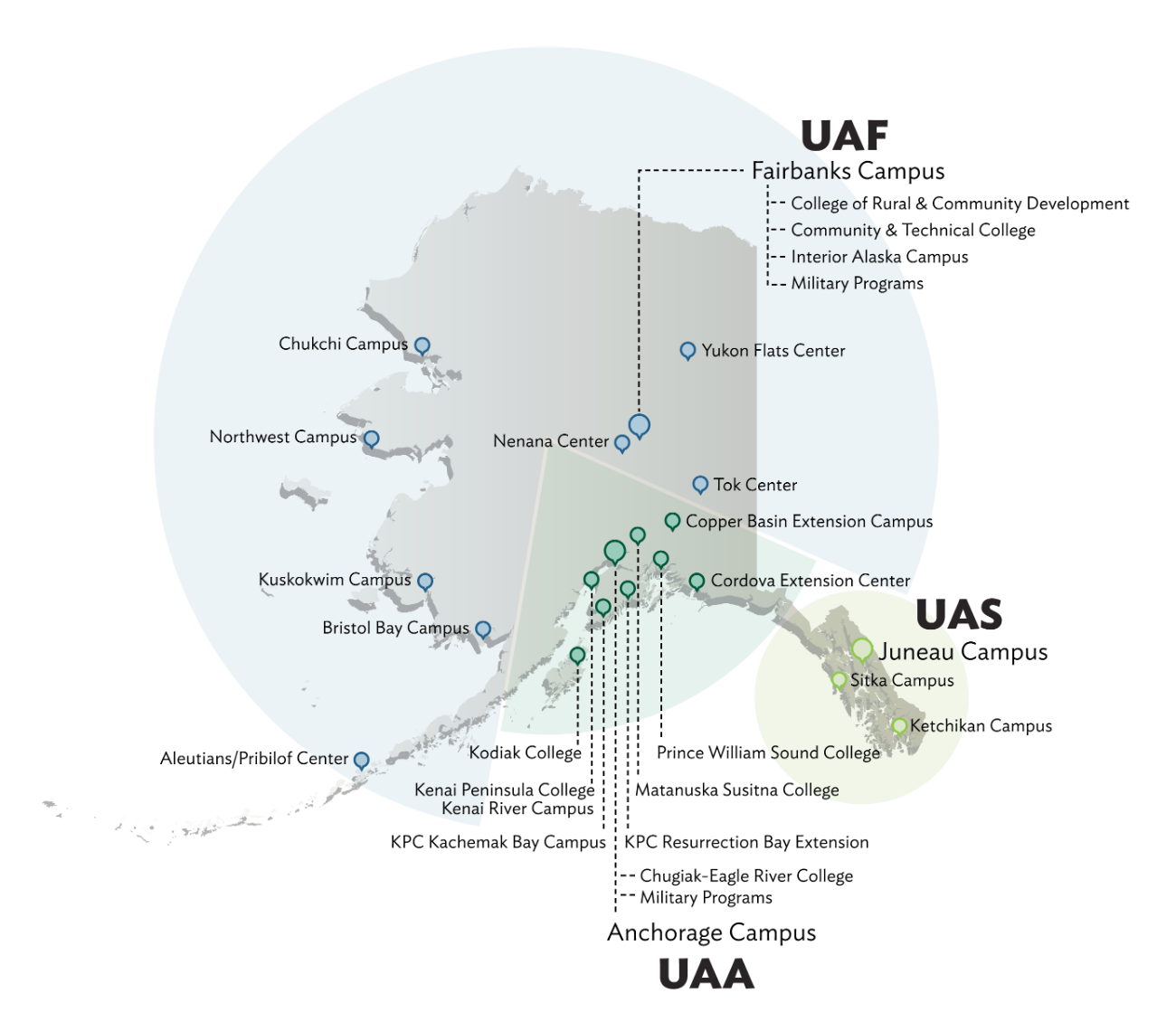Dear Commons Community,
New York Times columnists, Gail Collins and Bret Stephens, do a question and answer with each other about Joe Biden’s options for a vice presidential running mate. They consider possibilities like Elizabeth Warren, Stacey Abrams, Kamala Harris and others. Their bottom line is that Biden has to pick anyone who can help save us from The Donald. The entire piece is below.
Tony
————————————————————————-
Save Us from Trump 2.0
By Gail Collins and Bret Stephens
Gail Collins: Bret, last week you predicted that Amy Klobuchar’s history as a Minneapolis prosecutor would cut her out of the vice-presidential competition. And that Elizabeth Warren might wind up getting the nod.
Bret Stephens: Alas.
Gail: Well, your scenario does look plausible. And I remember in conversations of yore you absolutely ruled out ever voting for Warren. Didn’t you threaten to write in someone like Franklin Pierce if she was on the ballot?
Bret: Either him or Groucho Marx.
Gail: So where does that leave you? Wasting a vote that could help oust Donald Trump? Or supporting a Warren vice presidency tied to a presidential nominee who’d be 78 when he entered office?
Bret: No question, I’d vote Biden-Warren. If the republic could survive Henry Wallace and Spiro Agnew as vice president, we should be OK with Warren. And yes, I realize that, more than in most campaigns, the vice-presidential spot really matters this time around.
Gail: Wow, the world is turning.
Bret: That said, Warren also has some negatives that Biden will have to consider carefully before choosing her. She generated a lot of buzz but came in third in her own state’s primary this year. She is admired intensely by many of the same people who adored Hillary Clinton — but disliked widely for some of the same reasons people hated Hillary, including a perception of being an out-of-touch liberal with a bad habit of bending the truth about her past. Her campaign charisma could eclipse Biden’s, which will make him look comparatively small and stale, while also providing a foil for Trump and his supporters. And, if she wins the vice presidency, a Republican governor will choose her replacement, something that could make a big difference if there’s a narrow split in the Senate.
But who’s on your radar, Gail?
Gail: I’d like to see Warren get the nod. She’s qualified, she’s smart, she’s rational. I know you think she’s too far left. Obviously that’s not a problem for me. But she’s practical and if she ever did become president, she’d press for programs she could get through Congress.
Maybe most important, she really does keep growing, which is not something you see a whole lot of in top-line senior politicians. And she seems to be enjoying herself more and more.
All works great for me. And in November she could energize younger voters who might be inclined to snooze past a Biden vote.
Who’s on your post-Klobuchar roster?
Bret: Is Marianne Williamson off the list? I’m kidding, but her comment at one of last year’s debates about all the “dark psychic forces” really seems to describe what 2020 has been like.
Gail: Forgot that. Chalk up a point for Marianne.
Bret: More seriously, I think he should avoid some of the obvious names out there, like Stacey Abrams, who has never held any sort of high government office, despite her background as a legislative leader, or Kamala Harris, another former prosecutor who ran a terrible campaign, and go for someone like Maggie Hassan of New Hampshire, who could appeal to middle-of-the-road voters, especially in the Midwest. And, honestly, I wish Biden hadn’t boxed himself in by declaring in advance that his running mate would be a woman. There are a lot of good male candidates I can think of, too.
Gail: I was happy with Biden’s promise to put a woman on his ticket. The history of discrimination against women in politics — especially when it comes to executive offices — is long and bleak. The only one who ever got a major party nomination was the wife of a former president.
Given that there are a ton of excellent, qualified women available, this is just something we ought to see.
Bret: But about something else you just said: I know Elizabeth Warren isn’t too far left for you. Is there anyone in the Democratic field who is?
Gail: Not in terms of aspirations. I’m all for using tax and social policy to close a bit of the gap between the ridiculously wealthy top one percent and the masses of struggling families who need more government support.
But I want to see the party rally behind a platform that the Republicans can’t twist around to scare average voters. For instance, Medicare for All means lots of different things to different people. For some it just means making sure everybody is able to get good health coverage at a price they can afford. For others, it means a socialized system that wipes out private health insurance. That idea unnerves the many Americans who like the insurance they get at work. So I didn’t think it made sense to nominate a candidate like Bernie Sanders who made it the centerpiece of his campaign.
We’re both still on the Anybody But Donald team, right?
Bret: Well, I suppose that if Joe Stalin rose from the dead and got the Democratic nomination, I’d have to rethink my A.B.D. membership. But otherwise, yes. Trump is to our nation’s agonies what salt is to a wound. He is to our collective intelligence what a frying pan is to an egg. He is to the interests of a better world what a lemon is to the cause of hot milk.
Gail: Well, you definitely aren’t going to need to study the League of Women Voters position papers before you go into the voting booth.
Here’s the thing I keep hearing from worried readers, What if Trump loses the election and refuses to go away? I was wondering if retired Gen. Jim Mattis’s sudden denunciation of the president was in any way a message to the military to be prepared for that kind of crisis.
Bret: Possible but unlikely. I think some of my friends on the left underrate the honest, impartial patriotism and sense of civic duty of the overwhelming majority of service members, and of the officers who lead them. I don’t know if you’ve seen the memo that was sent to the entire military by Mark Milley, the chairman of the Joint Chiefs of Staff: “As members of the Joint Force — comprised of all races, colors and creeds — you embody the ideals of our Constitution,” he wrote. “Please remind all of our troops and leaders that we will uphold the values of our nation.” Magnificent.
In other words, if Trump tries to override the results of the election, he’ll fail.
Gail: I agree. Can’t imagine that isn’t being quietly talked about in military circles.
Bret: My bigger worry is a “hanging chad” scenario where the margins are razor thin, Trump claims fraud, and the Supreme Court gets to decide the outcome. If that’s what happens, there’s no telling how it plays out, but I’d recommend reading Thucydides’ description of the civil war in Corcyra.
Gail: Hey, wasn’t there an uncertain-outcome election in 2000? And I seem to remember the Supreme Court issuing a decision that seemed decidedly … political. The reason there wasn’t real civic uproar was Al Gore’s determination to keep the peace and follow the process.
Do not see Donald Trump behaving like Al Gore. Ever. About anything.
But I like your last warning. Maybe we can make “Remember Thucydides!” a campaign watchword. Or “Steer Clear of Corcyra.”
Bret: Maybe “Save Us From the Donald” would do the trick.










